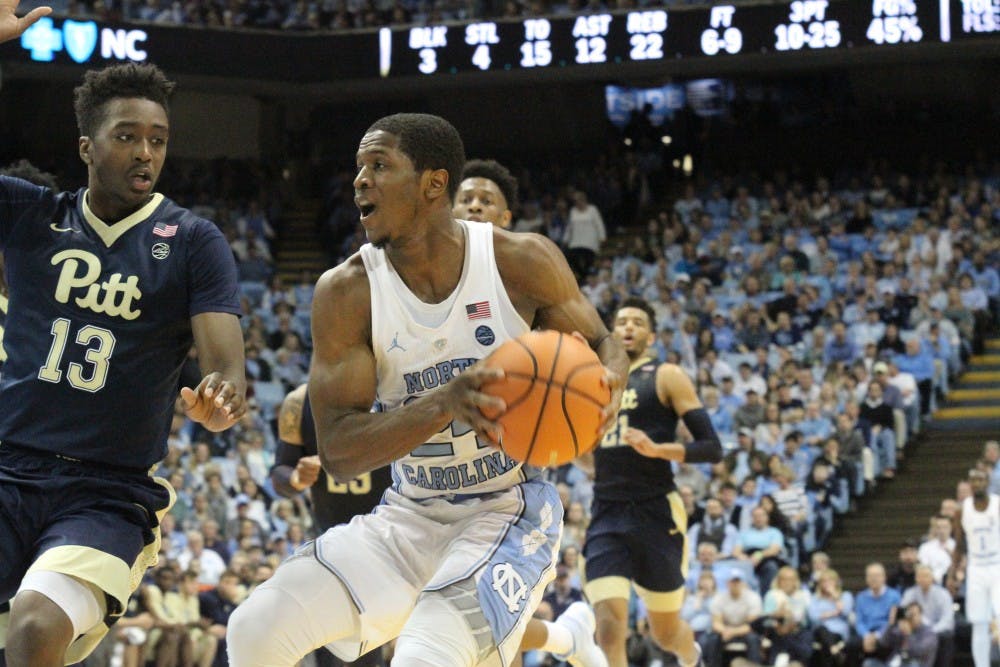Kenny Williams is quietly one of North Carolina’s most important players.
The junior shooting guard is a pesky defender, a willing passer, a selfless teammate and a threat to hit shots beyond the arc. The latter trait, though, is the most vital to the team’s success — and failure — this season.
After 24 games, Williams is shooting 39.3 percent from deep, which certainly appears to be a respectable average. The past few months, however, show that his shooting is on the decline, and the team is suffering for it.
Over the first 11 games of the season, both Williams and the team started out strong: Williams made a blistering 24-of-44 attempts from beyond the arc (54.5 percent), contributing to a strong 10-1 record.
A December loss to Wofford changed everything.
Since then, Williams has made only 16-of-63 attempts (28.6 percent), and UNC has dropped six of the last 13 games, falling to 17-7 (6-5 ACC) in the season.
Williams certainly isn’t the main reason for the team’s recent struggles, nor is he the one to blame for an inconsistent offense. Even so, a team reliant on a 4-out offensive scheme needs its shooters to perform well on a regular basis, which is something Williams is clearly not doing.
His struggles from deep are problematic for sure — but he can overcome them.
His shooting form is quite simple. He sets his feet shoulder-length apart, with his right foot slightly out further than his left; while going up, he leans back slightly, and has a high release; upon landing, his feet typically remain the same distance apart, and he lands just ahead of where he was at the beginning of the shot.



